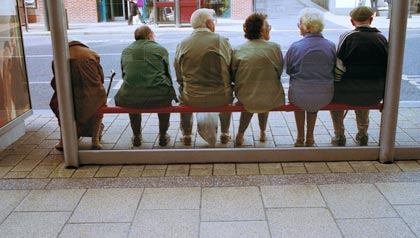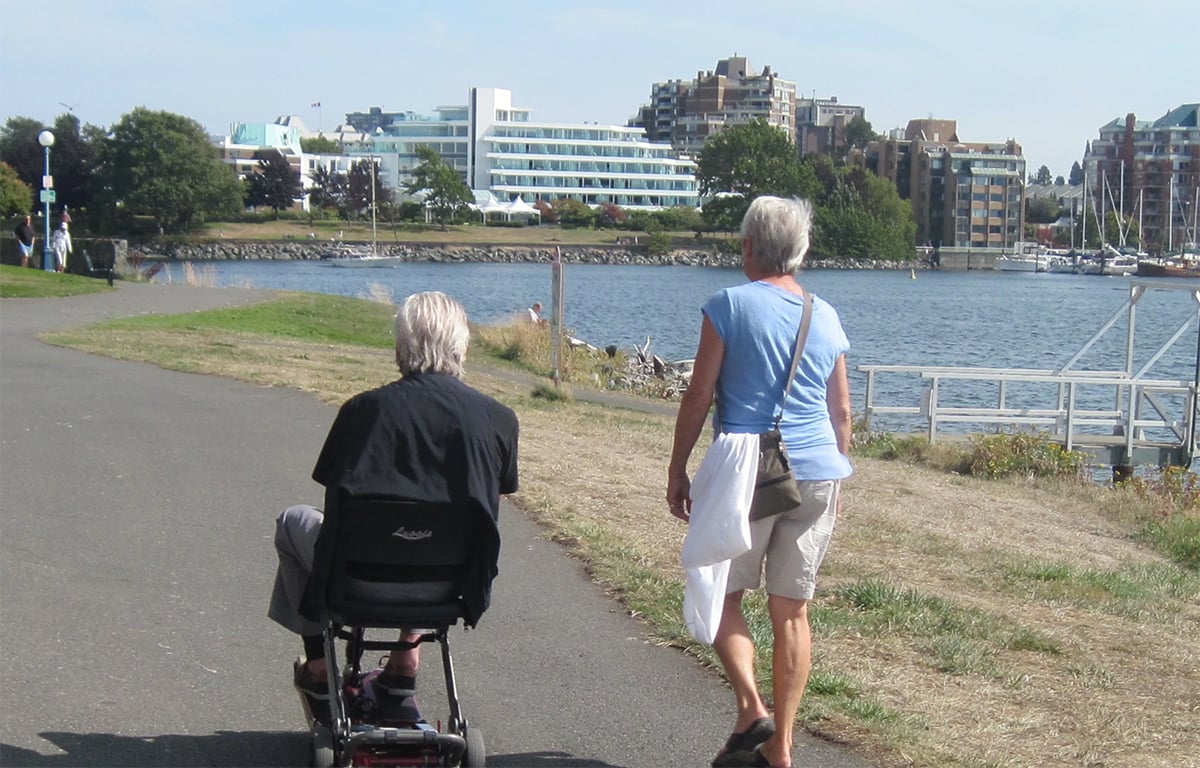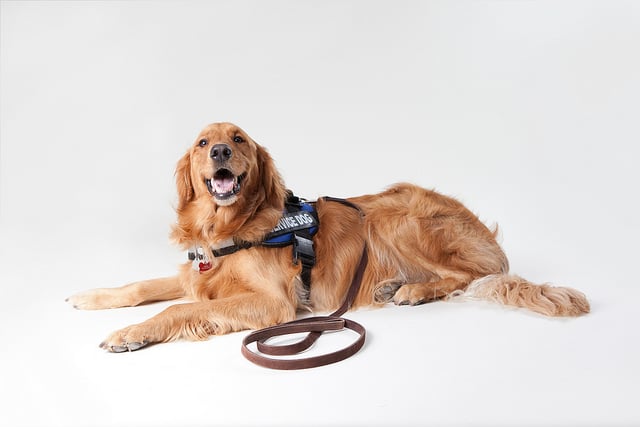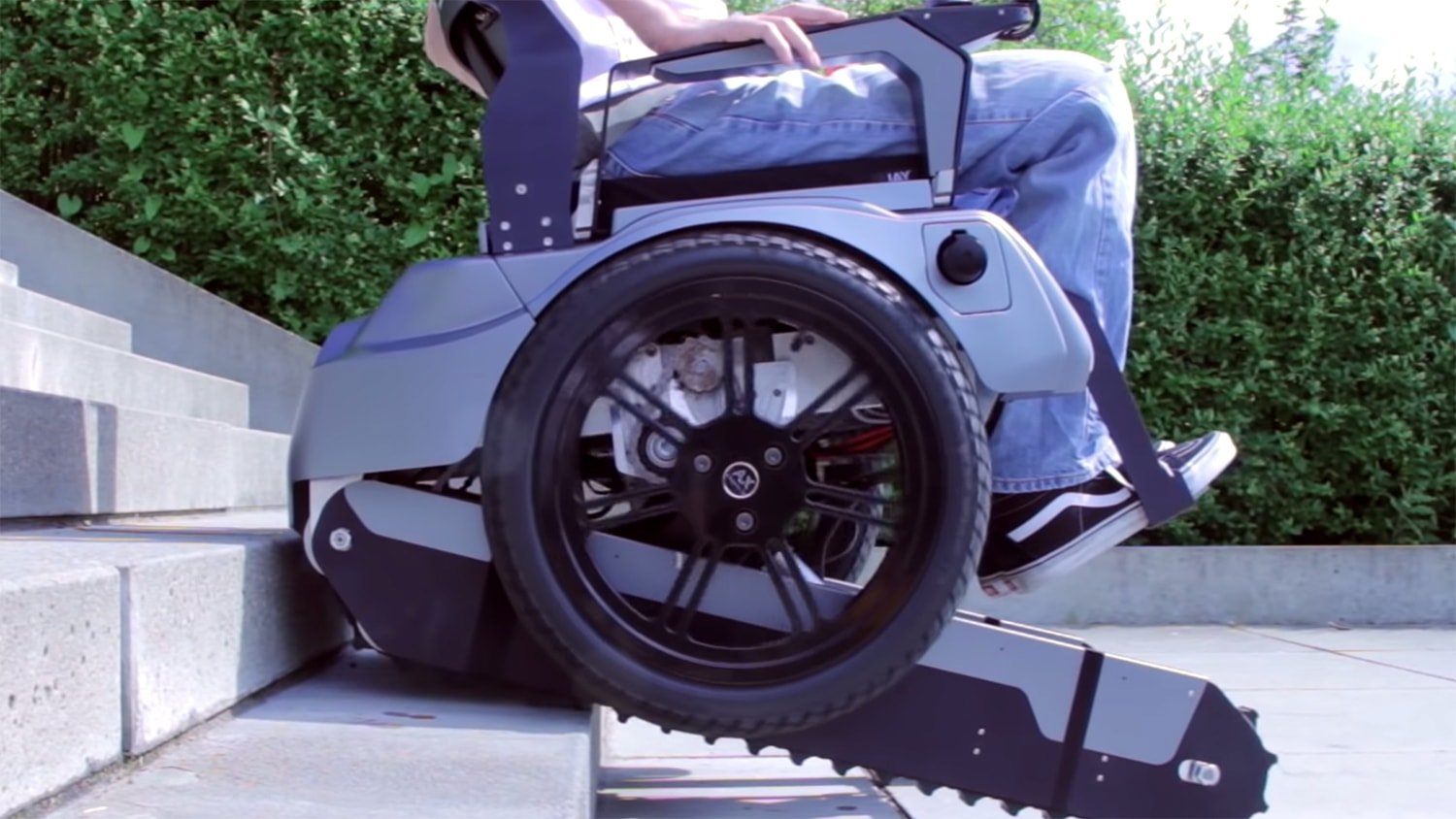Despite his numerous health issues, including being paralyzed from the waist down, Franklin D. Roosevelt (FDR) is considered, by a large majority, one of the greatest Presidents in American history. Believing that his health issues would make him appear weak to outsiders and worry the American public, FDR rarely allowed himself to be photographed in his wheelchair, and went to great lengths to hid his other ailments. Even in his poorest condition, President Roosevelt changed the social policies of America, and helped conceive of the single largest peace keeping organization in the world – the United Nations. The following links will provide biographical information, lesson plans, study guides and information on FDR’s legacy, as well as suggested readings.
Continue reading Wisdom From A Wheelchair: An FDR Resource Guide
 Aging may affect a persons ability to move freely and travel from one place to another because of muscle loss, joint stiffness, and balance issues. Mobility problems can also occur in people who have developed certain diseases, such as Alzheimers, Parkinsons, and other similar conditions.
Aging may affect a persons ability to move freely and travel from one place to another because of muscle loss, joint stiffness, and balance issues. Mobility problems can also occur in people who have developed certain diseases, such as Alzheimers, Parkinsons, and other similar conditions.







